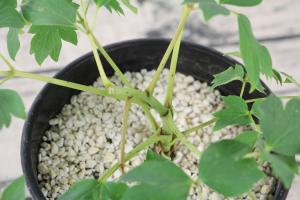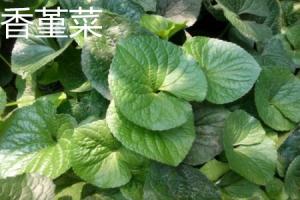How to prune out dense tomato plant foliage
If you have a tomato plant that looks like a jungle, it might be time to prune out some of the dense foliage. This can help improve air circulation, reduce the risk of disease, and encourage the plant to put more energy into producing delicious fruits. Here are some tips on how to prune out dense tomato plant foliage.
Identify the parts to prune
The first step is to identify which parts of the plant need pruning. Look for branches that are growing too close together, or areas where leaves are overlapping and shading each other. Look out for stems that are getting too thick or unwieldy, and for any yellow or diseased leaves. It's generally a good idea to prune away any growth that is below the first set of flowers or fruit, as this will help the plant focus on fruit production rather than foliage.
Use clean, sharp tools
When you're ready to start pruning, make sure you have clean and sharp tools. A pair of gardening shears or a sharp knife will work well. Sanitize your tools by dipping them in rubbing alcohol or a solution of one part bleach to nine parts water. This will prevent the spread of any diseases that might be lurking on the foliage.
Remove the targeted foliage
Using your sharp tools, snip away the targeted foliage. Try not to remove too much at once, as this can shock the plant. Instead, take your time and make small cuts to gradually thin out the foliage. Be careful not to cut into the main stem, as this can damage the plant's vascular system. You should also avoid removing more than one-third of the plant's foliage at any one time, as this can stress the plant and reduce its ability to photosynthesize.
Monitor for regrowth
After pruning, monitor the plant for regrowth. If you notice new shoots or leaves growing in the area you just pruned, you can snip them off as well. If the plant starts to look too sparse, you can also allow some of the new growth to remain. The goal is to strike a balance between air circulation and foliage cover.
Conclusion
Pruning out dense foliage from your tomato plants can help improve their health and productivity. By identifying the parts to prune, using clean and sharp tools, and monitoring the plant for regrowth, you can help your tomatoes thrive. Happy gardening!

 how many times do yo...
how many times do yo... how many planted tre...
how many planted tre... how many pine trees ...
how many pine trees ... how many pecan trees...
how many pecan trees... how many plants comp...
how many plants comp... how many plants can ...
how many plants can ... how many plants and ...
how many plants and ... how many pepper plan...
how many pepper plan...






























